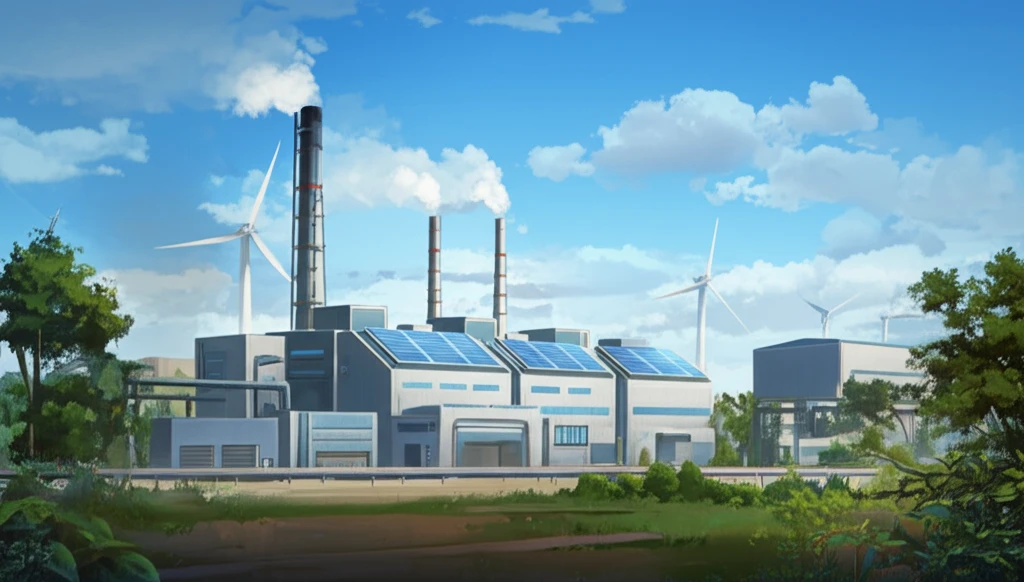
Solvis's Zero-Emission Factory: A Blueprint for Sustainable Manufacturing
"How Solvis Achieved a Zero-Emission Facility and What We Can Learn From Their Approach to Building and Energy"
In an era where environmental consciousness is paramount, Solvis, a German manufacturer of solar thermal systems, has set a remarkable precedent. Their philosophy is straightforward: maximize the use of solar energy with proven technology while minimizing environmental impact. This commitment led to the creation of their zero-emission factory in 2002, a facility that stands as a testament to sustainable manufacturing practices.
The Solvis factory isn't just another green building; it's a comprehensive system designed to drastically reduce energy consumption and eliminate carbon emissions. Boasting a nearly 15,000 m² floor area, it stands as one of the largest zero-emission plants in Europe. The factory's design incorporates a holistic approach, integrating solar energy, efficient building materials, and intelligent energy management systems.
This detailed article delves into the 'Solvis way,' exploring the structure and subject of this pioneering facility. We'll examine the architectural and technological innovations that allow Solvis to operate with an 80% reduction in energy consumption compared to conventional industrial plants, relying entirely on regenerative energy sources.
The 'Solvis Way': Structure and Design of a Zero-Emission Factory

The Solvis factory's design cleverly integrates administrative and production areas to optimize both functionality and environmental performance. The administrative areas, serving as the building's main access point, feature an enclosed 'atrium' that enhances the internal environment while optimizing the building's overall form. This attention to detail ensures a high-quality workspace that minimizes energy waste.
- Reinforced Concrete Construction: Utilized for thermal storage, capitalizing on nocturnal cooling possibilities and ensuring fire safety.
- Lightweight Wood Construction: Spanning over 27.50 meters for production and storage areas, minimizing the primary energy content of building materials.
- Integrated Ancillary Rooms: Ground-floor placement of ancillary rooms and sanitary installations within the 'Solvis way', centralizing building technical functions.
A Model for Sustainable Industrial Construction
The Solvis zero-emission factory demonstrates that it is possible to drastically reduce energy consumption and rely on renewable energy sources in industrial settings. By integrating innovative design, efficient building materials, and solar technology, Solvis has created a facility that serves as a model for sustainable manufacturing. As industries worldwide seek to reduce their environmental impact, the 'Solvis way' offers a valuable blueprint for creating a more sustainable future.
